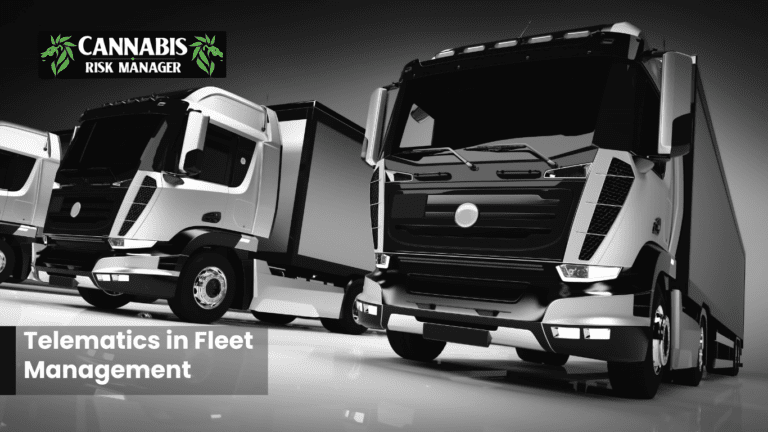The Telematics Advantage: Optimizing Commercial Fleet Performance

Managing a fleet of vehicles and drivers is no small feat, with challenges ranging from accident risks to employee safety concerns and rising operational costs. In the face of these challenges, businesses are increasingly turning to telematics—a technology that offers a wide array of benefits for fleet management. Let’s delve into the basics of telematics and explore how it can revolutionize your fleet operations.
The Foundation of Telematics: Understanding the Core Concepts
Telematics is powerful vehicle software that integrates telecommunications and informatics to enable effective fleet management. It works by utilizing devices installed in vehicles, including GPS technology, sensors, mobile applications, dashcams, and vehicle engine diagnostics solutions. Some common data collected by telematics software includes:
- Vehicle speeds
- Vehicle locations
- Fuel efficiency and vehicle performance diagnostics
- Driving behaviors (e.g., braking intensity, acceleration frequency)
- Vehicle weights
- Movement patterns
- Distracted driving incidents (e.g., smartphone usage)
Telematics can be applied across various commercial vehicles, from cars and cargo vans to tractor-trailers and heavy equipment. Employers leverage this technology to monitor deliveries, plan routes, communicate with drivers, assess driving practices, and identify maintenance issues.
Why Telematics is Essential for Your Fleet
Implementing telematics software offers a multitude of advantages for your fleet:
Streamlining Operational Expenses
- Provides real-time traffic updates and road hazard alerts, optimizing routes for fuel efficiency.
- Locates preferred gas stations, enabling cost-effective refueling options.
Encouraging Safe Driving
- Monitors driving behavior, motivating employees to adhere to safe driving practices.
- Enables immediate in-cab alerts to correct dangerous behaviors, fostering a culture of safety.
- Allows personalized driver coaching based on collected data, enhancing overall driving habits.
Fostering Employee Engagement
- Facilitates digital communication between drivers, supervisors, and dispatchers, improving collaboration and morale.
- Enables real-time updates on travel progress, road conditions, and delivery requests, enhancing driver engagement.
Bolstering Fleet Security
- Tracks vehicles in real-time, simplifying vehicle recovery in case of theft.
- Implements advanced security features like passcode entry to prevent unauthorized vehicle use.
- Enables quick alerting of authorities and sharing of precise location in the event of an accident.
Ensuring Vehicle Maintenance
- Detects vehicle breakdowns or maintenance issues and alerts drivers, facilitating timely repairs.
- Provides reminders for routine maintenance tasks, streamlining fleet upkeep.
- Paired with preventive maintenance programs, ensures optimal vehicle performance and longevity.
Reducing Administrative Costs
- Digitizes recordkeeping, generating reports on expenses, driver performance, maintenance, and fuel expenses.
- Simplifies administrative tasks, saving time and resources.
In a final word, telematics technology offers a comprehensive solution for optimizing fleet operations, enhancing safety, and reducing costs. By harnessing the power of telematics, businesses can achieve greater efficiency, productivity, and success in managing their commercial fleets.











